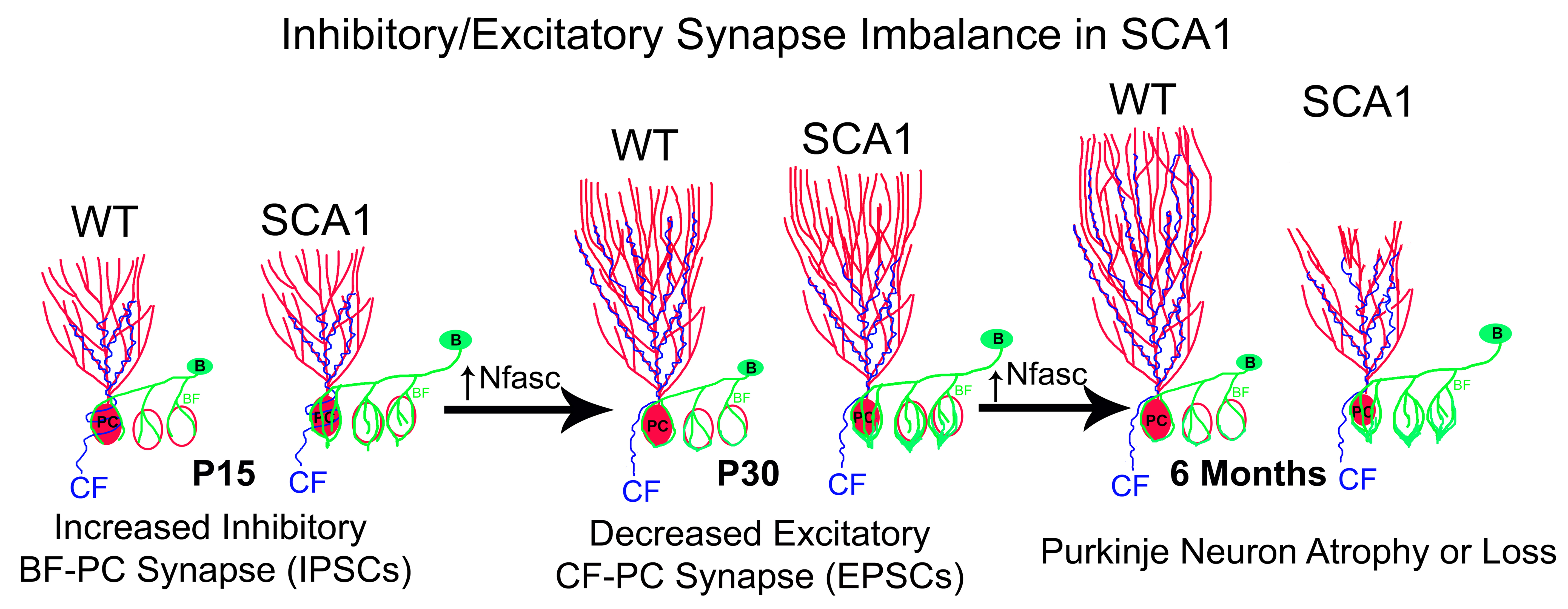Presenting Author:
Chandrakanth Reddy Edamakanti, Ph.D.
Principal Investigator:
Department:
Neurology, Ken and Ruth Davee Department
Keywords:
Spinocerebellar ataxia-1, stem cells, GABAergic interneurons, basket cells, astrocytes, Purkinje neurons
Location:
Ryan Family Atrium, Robert H. Lurie Medical Research Center
C59 - Clinical
Role of cerebellar stem cells in Spinocerebellar ataxia type-1 pathology
Spinocerebellar ataxia type1 (SCA1) is an adult onset neurodegenerative disease caused by a pathogenic polyglutamine expansion in the protein ATXN1. Despite its late onset, recent studies in genetically engineered mice designed to mirror the human disease demonstrate that pathological changes begin in the first few weeks of life. Since Purkinje cells bear the brunt of the pathology in SCA1, scientific investigations have focused on characterizing intrinsic deficits within these neurons. In this study, we demonstrate a surprising finding that mutant ATXN1 disrupts yet earlier steps in the development of the cerebellar neuronal circuitry by altering the proliferation and fate of a niche of postnatal stem cells (Prominin-1/CD133 expressing cells) that resides in the white matter and give rise to GABAergic interneurons and astrocytes in the cerebellum. When mutated, Atxn-1 acts in cell autonomous manner within these stem cells to increase the proliferation, thereby gain in GABAergic interneuron lineage and concomitant loss of astrocyte lineage. The gain in GABAergic interneurons contributes the numeric increase in density of inhibitory synapse formation with Purkinje cells and corresponding suppression of Purkinje cell firing activity. At the same time, we observed the dramatic reduction in the number of astrocytes during cerebellar development, which could lead to loss of metabolic support to the Purkinje neurons, yet to be determined. Overall, our results demonstrate that late onset neurodegeneration may have its earliest underpinnings in non-cell autonomous inhibition of Purkinje neurons by GABAergic interneurons & lack of metabolic support by mutant astrocytes that begin when the cerebellar network is being formed in the first few days of life.

